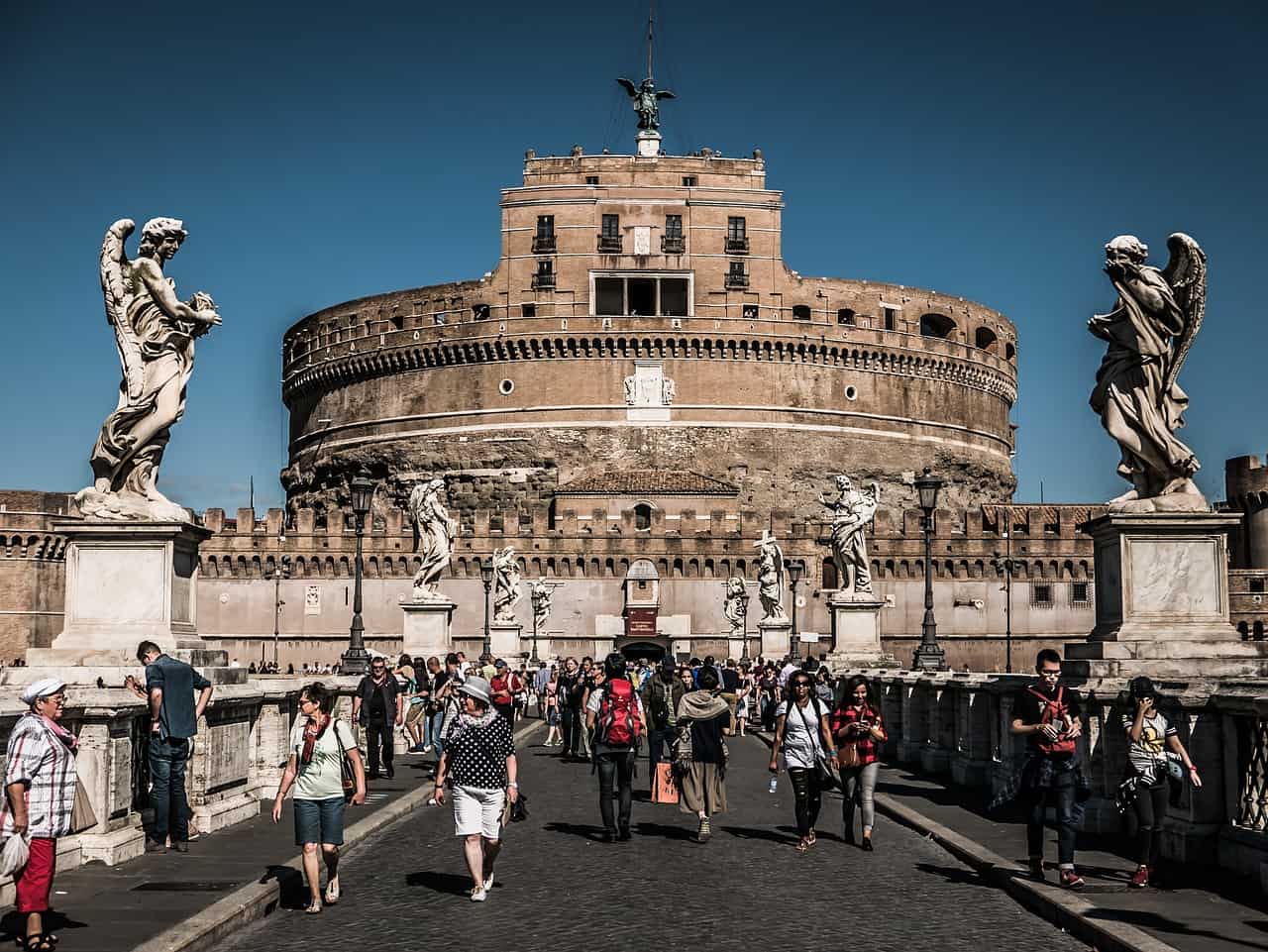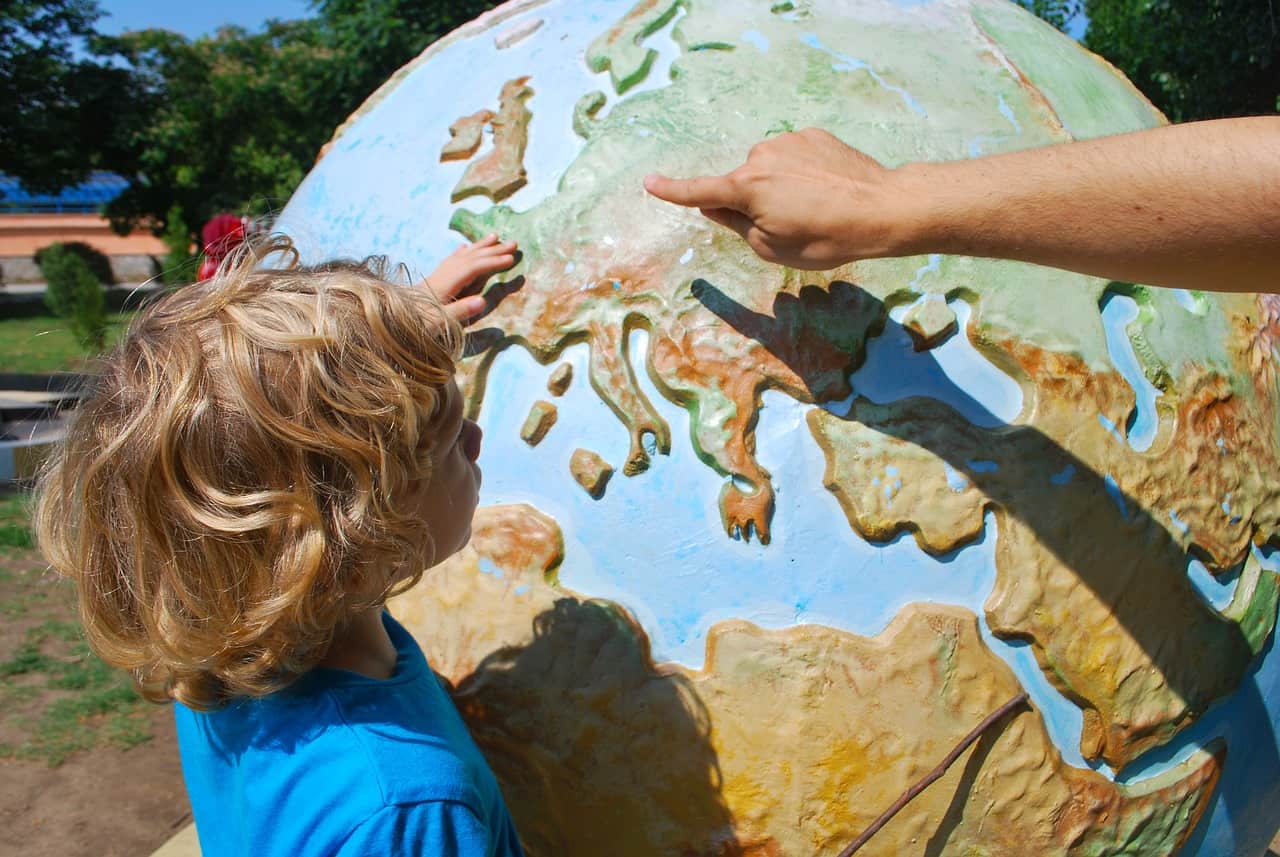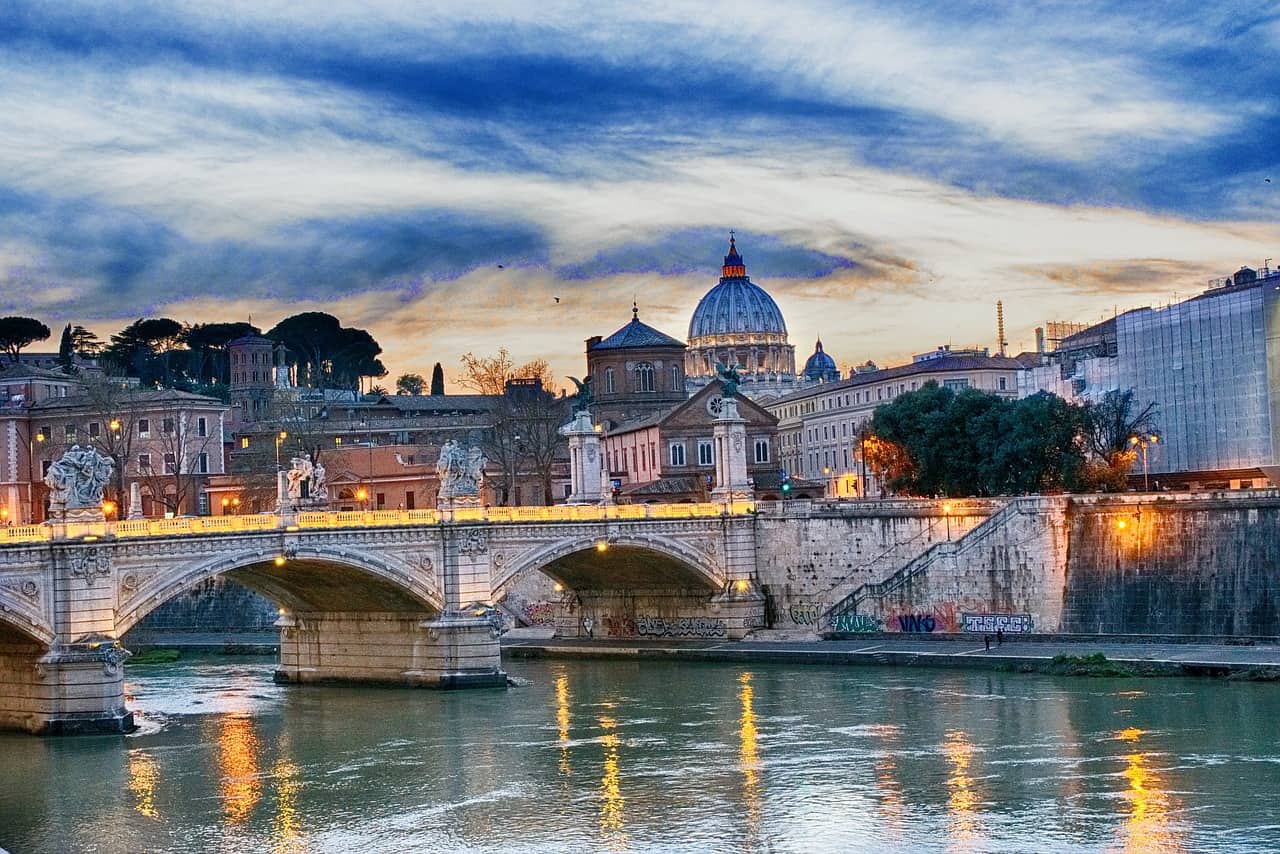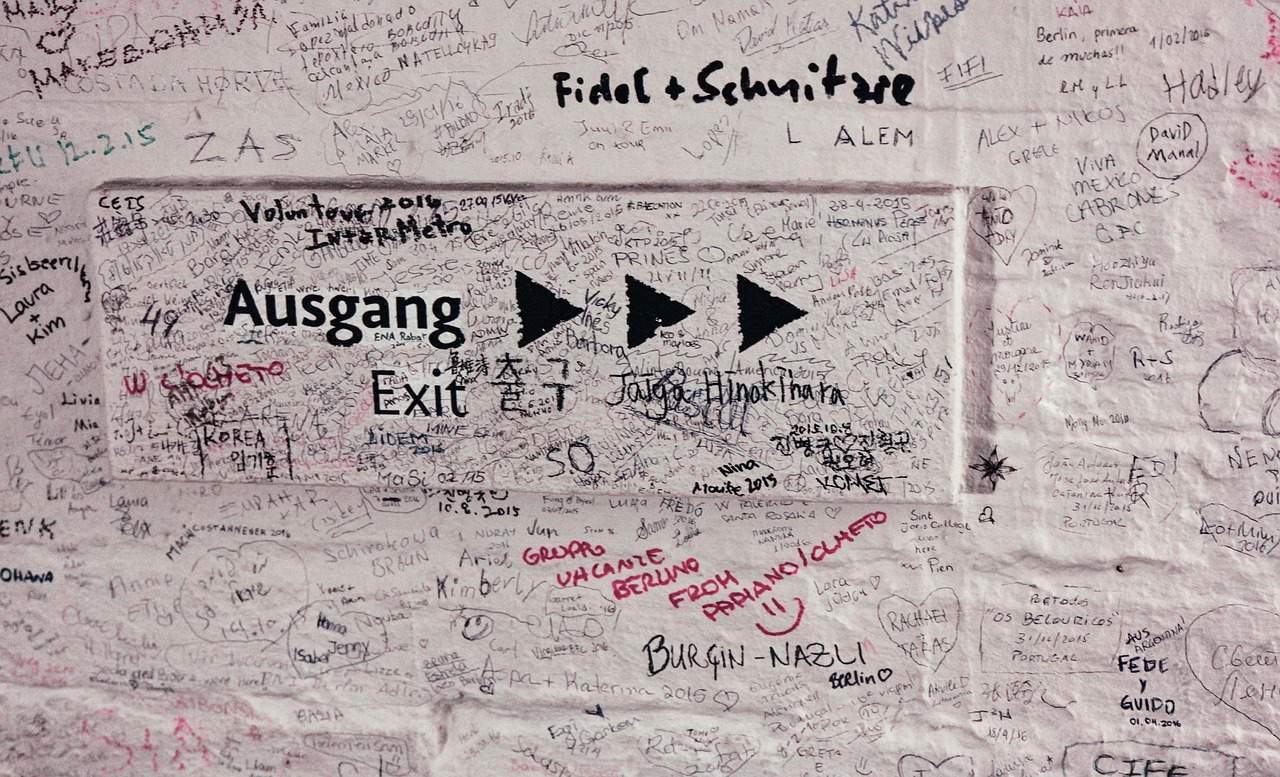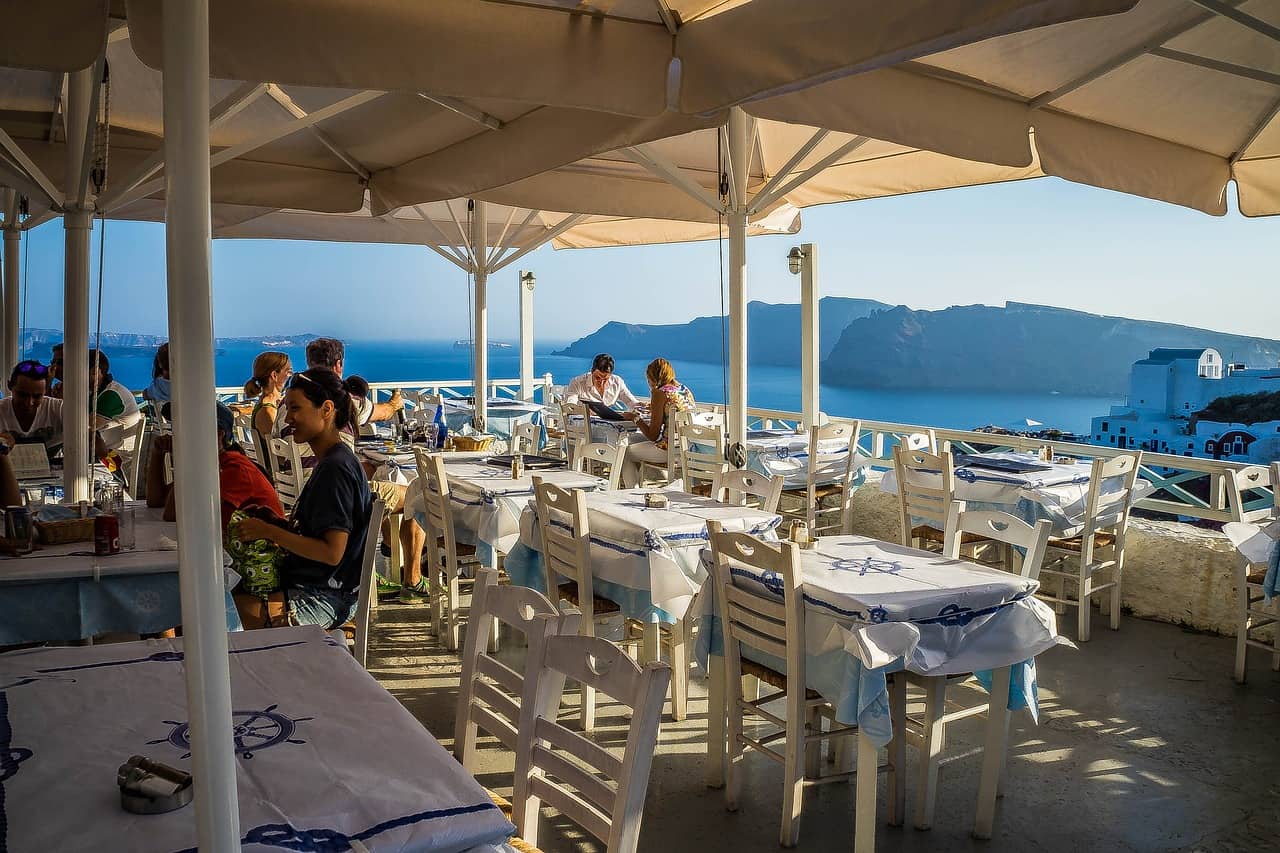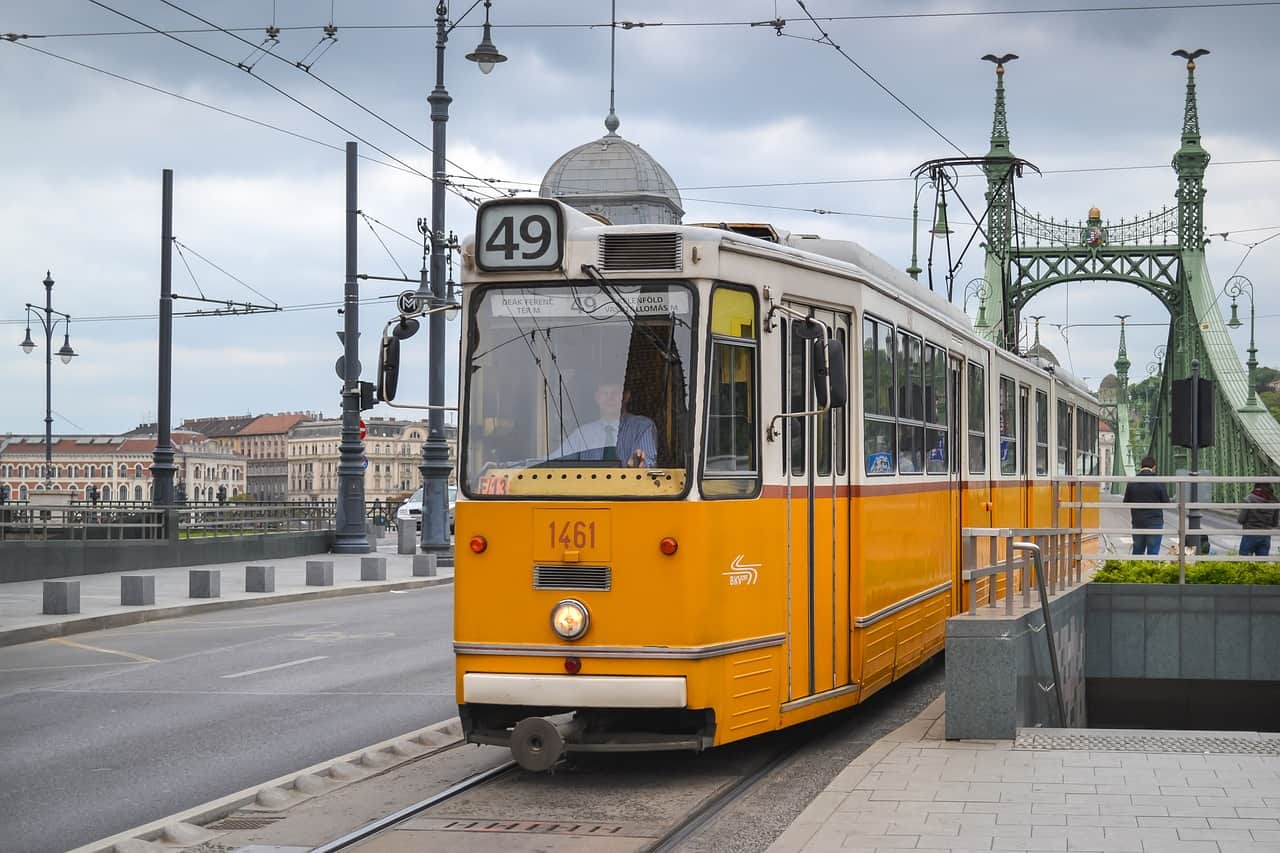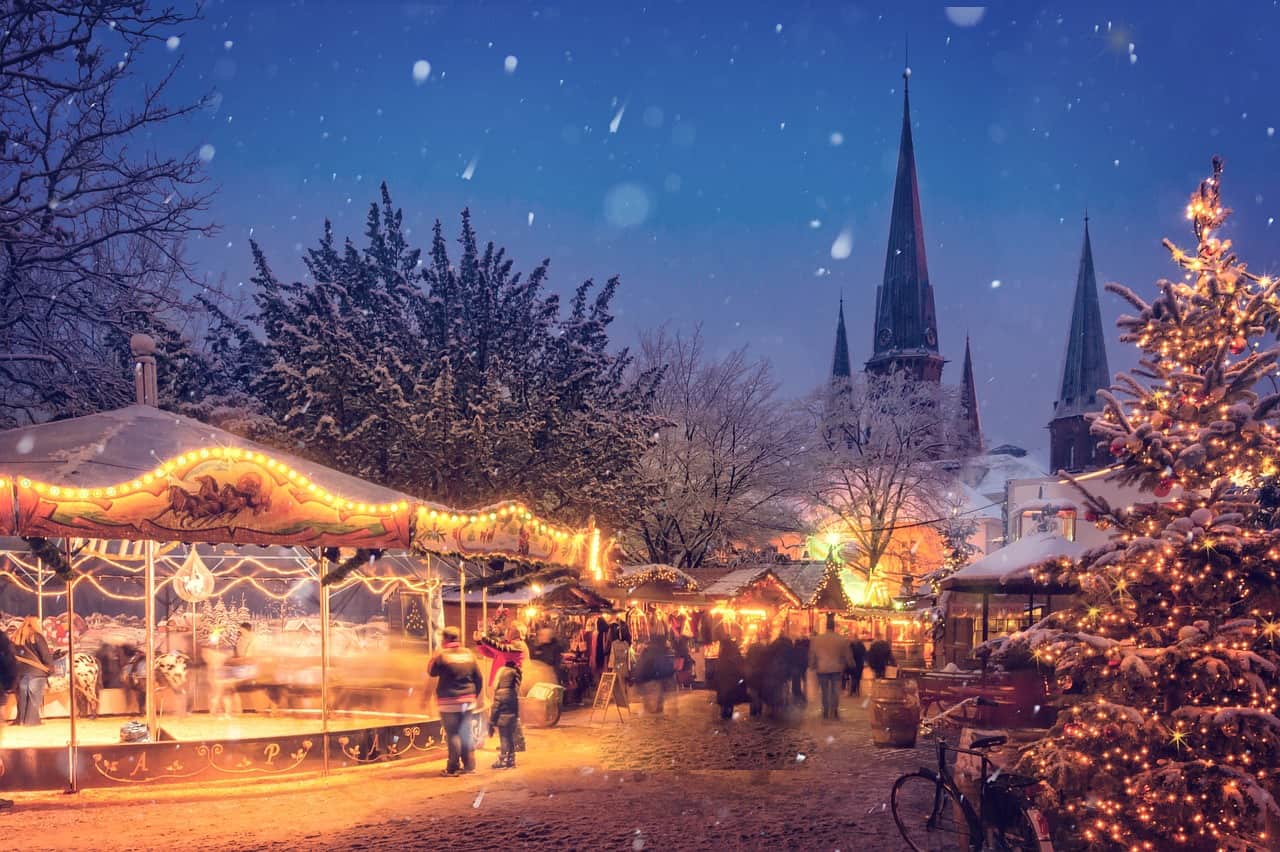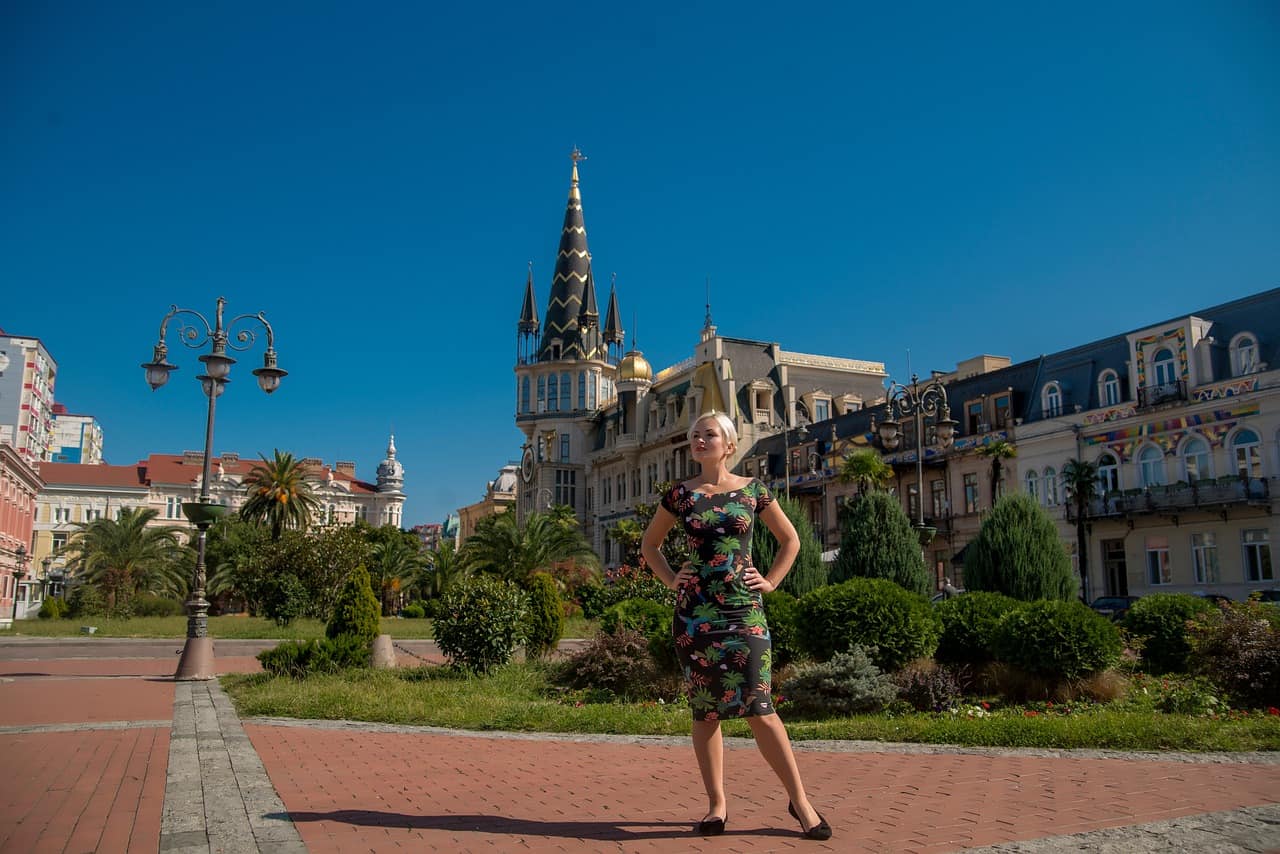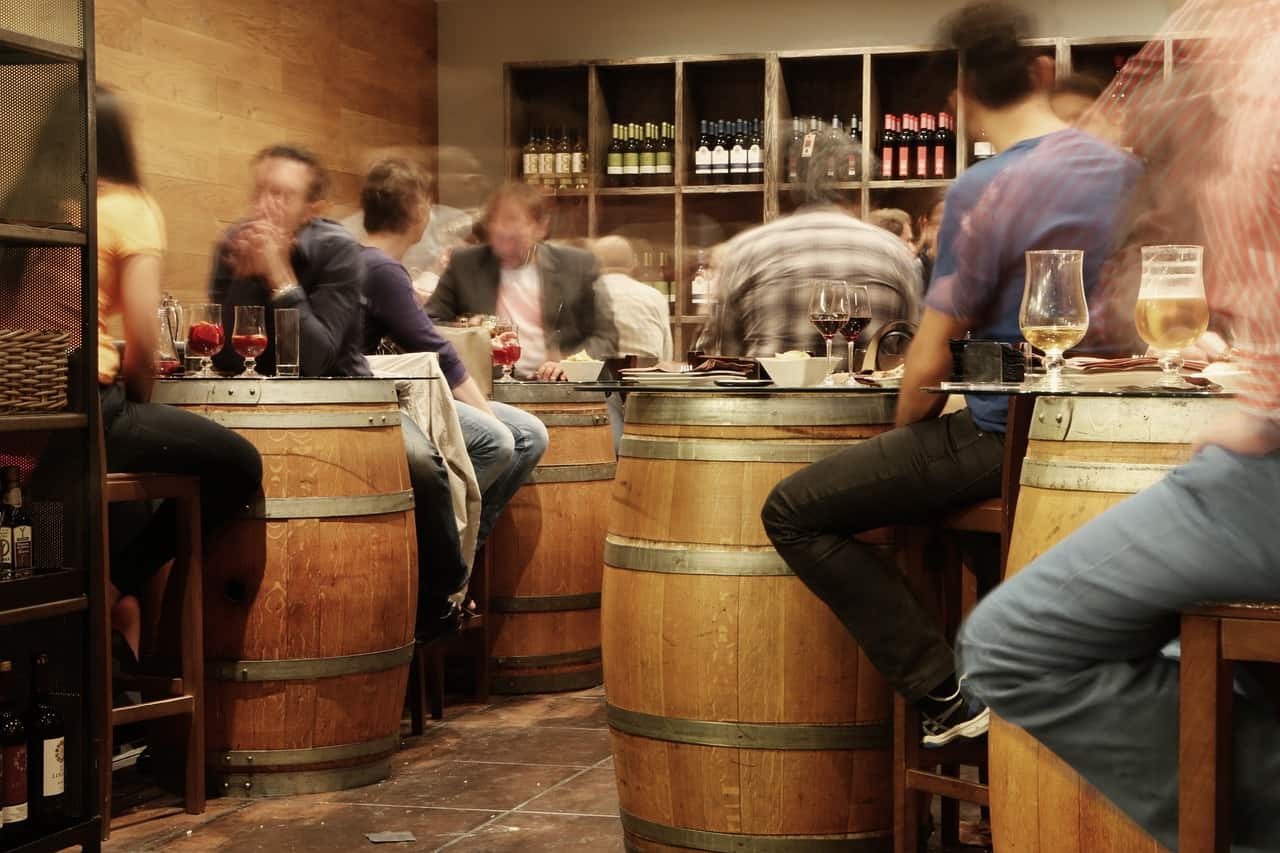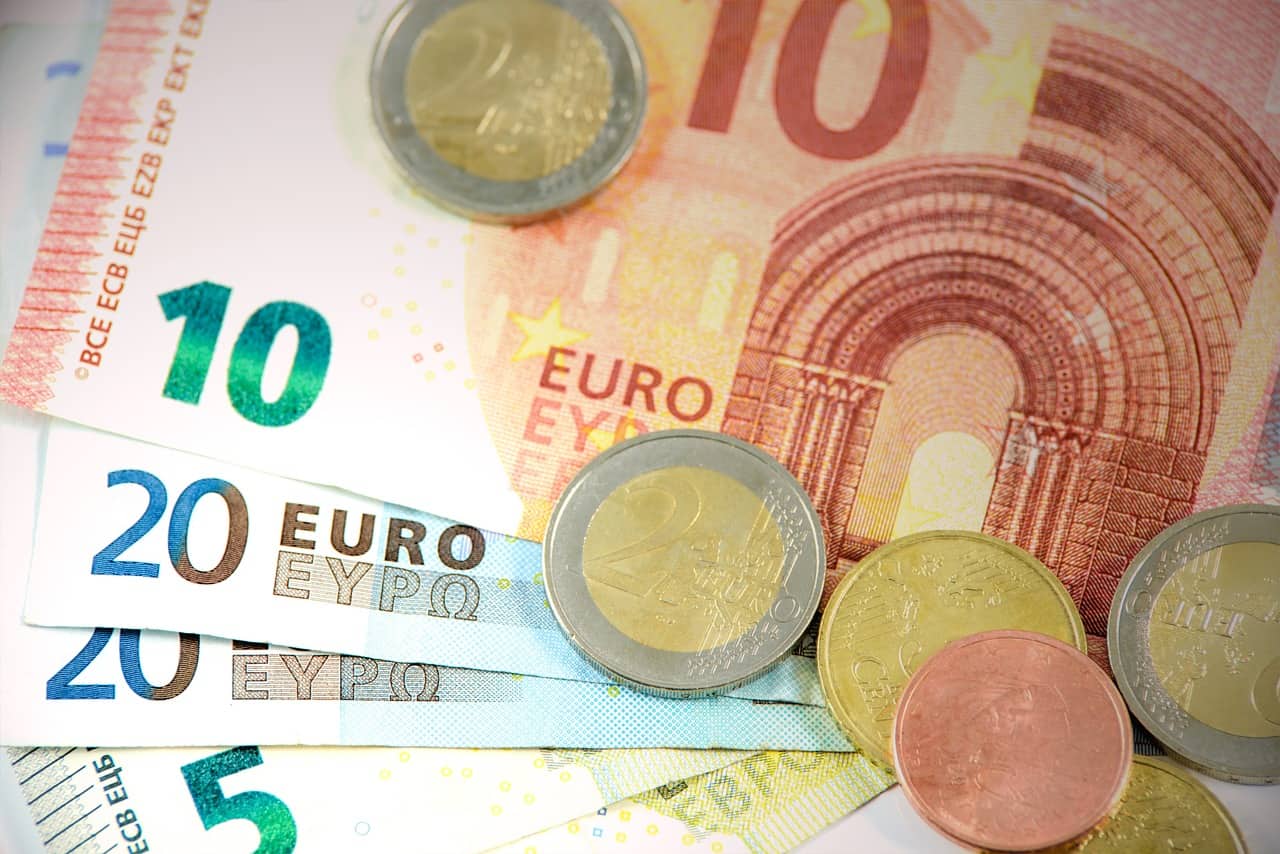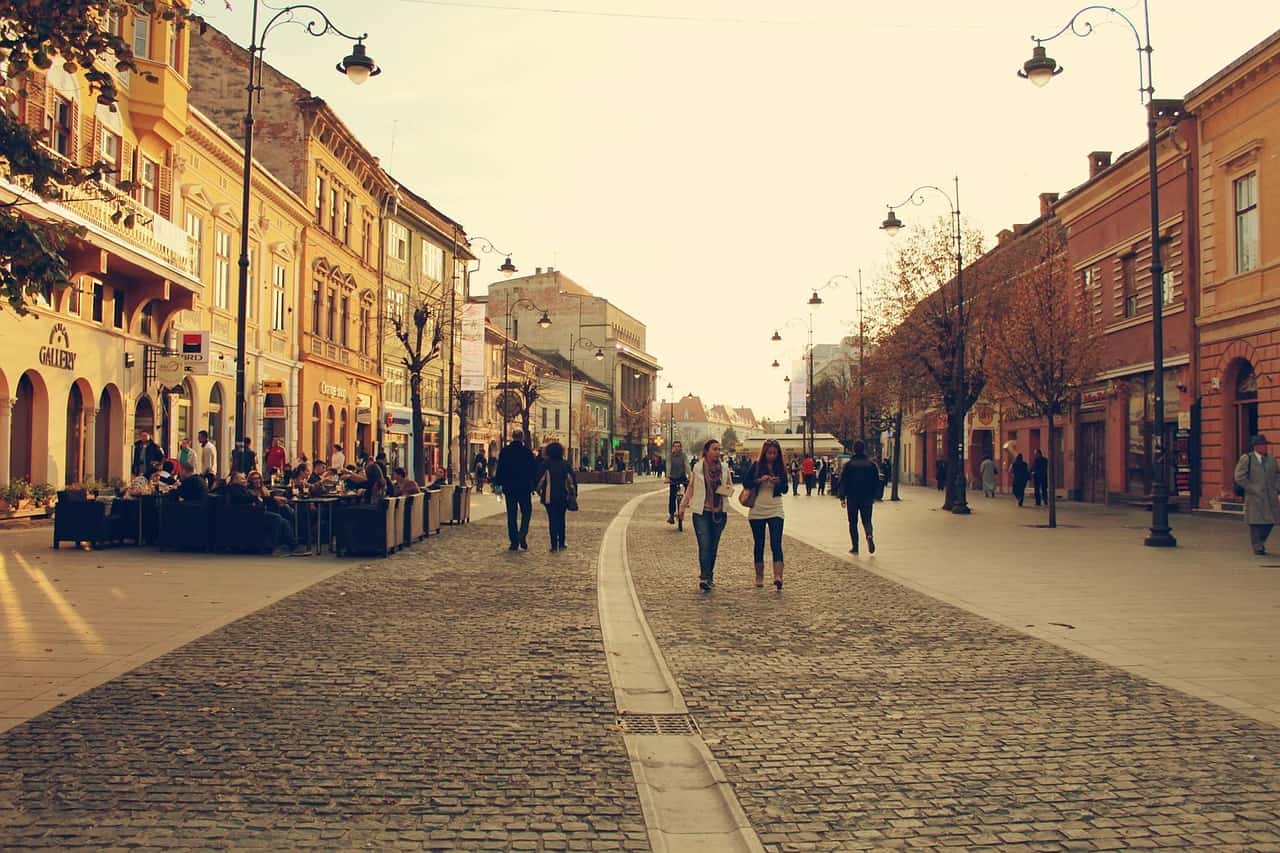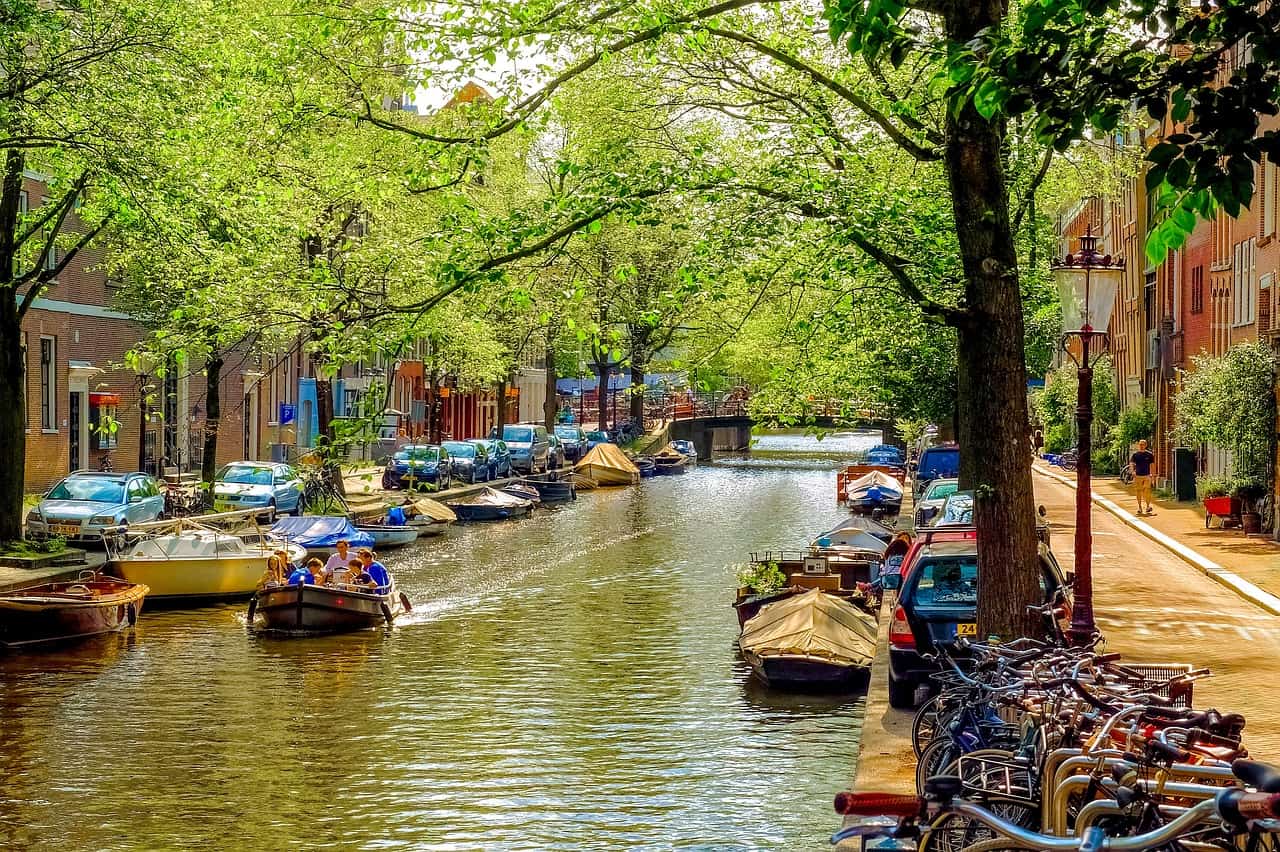In the grand tapestry of European travel, cultural awareness emerges as the compass guiding every wanderer through the labyrinth of history, tradition, and vibrant diversity. As someone who has traversed the charming streets of Paris, savored the flavors of Mediterranean cuisine, and immersed in the folklore of Eastern Europe, I’ve come to appreciate that each cobblestone, every dish, and every folk dance tells a story—a unique thread in the vast and intricate fabric of European cultures.
I. Navigating European Travel Culture Tips
Beyond Landscapes and Landmarks: Europe is not merely a geographical expanse; it’s a mosaic of cultures that have evolved over centuries. Cultural awareness is the key to unlocking the true essence of a destination. It’s the bridge that connects travelers to the soul of a place, allowing them to delve beyond the surface and engage with the heartbeats of diverse communities. From the regal traditions of the United Kingdom to the festive exuberance of Spain, cultural awareness enriches the travel experience, transforming it into a meaningful journey of connection and understanding.
A Panorama of Diversity: European cultural capitals is a kaleidoscope of traditions, languages, and customs. From the flamenco rhythms of Southern Spain to the disciplined order of Swiss precision, every country unfolds a unique chapter in the grand narrative of European civilization. Exploring the varied cultures of Greece, where ancient myths blend seamlessly with modern life, or delving into the avant-garde arts scene in Berlin, reveals that each corner of Europe has its own cultural symphony, waiting to be discovered.
As we embark on this cultural odyssey, let us be open to the myriad stories that Europe yearns to share. Beyond the postcard-perfect landscapes and iconic landmarks, let cultural awareness be our guide, weaving an enriching narrative that transcends borders and connects us to the beating heart of this diverse and fascinating continent.
II. Understanding Cultural Differences: Navigating the Rich Tapestry
In the kaleidoscope of European cultures, understanding the nuances of customs and traditions becomes a compass, guiding travelers through the labyrinth of diverse practices that shape each community. Having ventured into the heartlands of cultural richness, I’ve found that the journey becomes truly transformative when we immerse ourselves in the vast spectrum of local customs.
A. Diversity in Customs and Traditions
Celebrations and Rituals: From the exuberant Carnival in Venice to the solemnity of Sweden’s Midsummer celebrations, Europe is a treasure trove of diverse customs and traditions. Each country, and often regions within, unveils a unique set of rituals that reflect its historical tapestry. Whether it’s the lively dances during Spain’s Feria de Abril or the intricate art of Belgian beer brewing, cultural diversity manifests in the day-to-day lives of people, offering travelers a front-row seat to the vibrant pageantry of local life.
B. Varied Etiquette and Social Norms
Navigating Social Interactions: Europe’s social fabric is woven with a rich array of etiquettes and social norms. The reserved elegance of the English tea ceremony contrasts with the conviviality of Italian family dinners. Understanding the unspoken rules of interaction, from the firm handshake in Germany to the warm embrace in Greece, adds layers to the travel experience. Having learned to navigate the intricacies of European social nuances, I’ve come to appreciate that respectful observance of local customs fosters meaningful connections and bridges cultural gaps.
C. Importance of Cultural Sensitivity and Open-mindedness
Building Bridges: Cultural sensitivity is the cornerstone of a harmonious travel experience. Open-mindedness becomes the key to unlocking the doors to local communities. Whether it’s savoring the complexities of French wine culture or appreciating the craftsmanship behind Dutch cheese-making, approaching each encounter with an open heart and mind transforms mere sightseeing into a profound cultural exchange. It’s a dialogue that transcends language barriers, fostering mutual respect and understanding.
As we navigate the rich tapestry of European cultures, let’s revel in the diversity of customs, embrace varied etiquettes, and champion cultural sensitivity. It’s not just about observing; it’s about participating, learning, and, most importantly, honoring the traditions that make each European culture a unique gem in the continent’s dazzling crown.
III. Language Considerations: Bridging Verbal Frontiers
In the kaleidoscope of European cultures, language acts as the vibrant thread that weaves together the tapestry of traditions, history, and daily life. Navigating the linguistic landscape of Europe has been a captivating journey, where the exchange of common phrases and greetings serves as the passport to deeper cultural connections.
A. Common Phrases and Greetings
Unlocking Doors with Words: As I ventured through the charming streets of Paris, the melodic “Bonjour” and the gracious “Merci” became more than just words; they were keys that opened doors to the warmth of French hospitality. Understanding common phrases and greetings, whether it’s the hearty “Prost” in Germany or the friendly “Ciao” in Italy, signals not only respect but a genuine interest in engaging with the local community. These linguistic tokens, often simple in structure, carry profound meanings, bridging gaps and fostering a sense of camaraderie.
B. Language Challenges and Solutions
Embracing the Learning Curve: Confronting language challenges is an inevitable part of the travel experience. From navigating the intricate tones of Mandarin in Chinatown, London, to deciphering the rhythmic cadence of Hungarian in Budapest, each linguistic hurdle presents an opportunity for growth. Overcoming language barriers might involve a combination of charades, translation apps, and, most importantly, the humility to laugh at oneself. The initial confusion transforms into a badge of honor, a testament to the resilience of the human spirit in the face of the unfamiliar.
C. Respectful Communication and Language Learning Tips
The Art of Respectful Communication: Respectful communication goes beyond mere linguistic competence. It’s about the willingness to learn, the humility to ask, and the patience to listen. Engaging with locals in their native tongue, even if it’s just a few words, communicates a profound respect for their culture. Language learning becomes an ongoing adventure, from attending language classes to absorbing local idioms. The journey of acquiring language skills becomes as enriching as the cultural exploration itself.
As travelers, let’s embrace the linguistic diversity that colors the European continent. Learn the basic phrases, embrace language challenges as opportunities, and approach communication with humility and curiosity. For in the world of words, we discover not only the beauty of a language but also the shared humanity that transcends linguistic frontiers.
IV. Dining Etiquette: A Culinary Symphony Across Europe
In the mosaic of European cultures, dining is not just a routine; it’s a symphony of flavors, a cultural expression that transcends borders. Navigating the intricate dance of table manners, tipping practices, and savoring local cuisine has been a gastronomic adventure, revealing the richness of each nation’s culinary identity.
A. Table Manners and Dining Customs
The Choreography of Dining: Dining etiquette in Europe is akin to a well-choreographed dance, where each movement carries significance. From the continental style of holding utensils in France to the lively conversation over shared plates in Spain, understanding table manners is a cultural gateway. As I immersed myself in the culinary scenes of Vienna and Lisbon, I learned that each gesture—whether it’s the respectful silence during a meal or the way a fork is placed on a plate—tells a story of tradition, respect, and shared connection.
B. Tipping Practices Across Different Countries
Gratitude in Gestures: Tipping practices, much like a cultural currency, vary from one European destination to another. While a service charge may be included in the bill in Italy, leaving a small change after a delightful meal in Prague is a gesture of appreciation. Unraveling the nuances of tipping is not just about numbers; it’s about acknowledging the dedication of those who add a dash of hospitality to the dining experience. Through these interactions, I discovered that tipping is not only a financial exchange but a way to express gratitude for the memorable moments crafted by skilled hands in the kitchen and attentive servers.
C. Exploring Local Cuisine and Culinary Experiences
Culinary Crossroads: Delving into the heart of European cultures means indulging in the diverse tapestry of local cuisines. From the hearty stews in Ireland to the delicate pastries in Belgium, each bite is a journey into the history and geography of a place. Venturing beyond tourist hubs and embracing local markets and eateries unveils hidden gems of gastronomic delight. Whether it’s sipping espresso in an Italian café or relishing tapas in a bustling Madrid tavern, these culinary experiences are not just about satiating hunger; they are portals to the soul of a destination.
As we partake in the culinary symphony of Europe, let’s approach the table with an open heart and an empty stomach. Embrace the diverse table manners, navigate tipping practices with grace, and savor each bite as a cultural revelation. For in the shared act of dining, we not only taste the flavors of a region but also feast on the cultural richness that makes every meal a memorable journey.
V. Public Transportation and Navigation: The Art of Seamless Travel
In the kaleidoscope of European adventures, mastering the art of public transportation has been a navigation through the arteries of cities, a journey beyond the conventional tourist maps. From the iconic red buses in London to the intricate metro networks of Paris and Berlin, understanding and embracing public transportation has unveiled the beating heart of each destination.
A. Understanding Public Transportation Systems
Decoding the Labyrinth: European cities are interconnected mazes of history, culture, and innovation, and public transportation is the thread that weaves them together. As I stood at bustling hubs like Amsterdam’s Centraal Station or Barcelona’s Plaça de Catalunya, I realized the importance of understanding the intricate systems that power these cities. The efficiency of trams, buses, and metros isn’t just about reaching a destination; it’s about immersing oneself in the daily rhythm of the locals, where each station tells a tale of the city’s evolution.
B. Navigating Metro, Bus, and Train Systems
The Symphony of Commuting: Navigating the metro, bus, and train systems is akin to conducting a symphony of commuting. From deciphering metro maps to hopping on a quaint tram in Prague, every mode of transportation carries its own melody. As I weaved through the underground networks in Vienna and experienced the scenic train rides through the Swiss Alps, I marveled at the seamless orchestration that allows travelers to traverse not just distances but also cultural nuances.
C. Tips for Efficient and Budget-Friendly Travel
Savvy Traveler’s Toolkit: As a seasoned traveler, I’ve compiled a toolkit of tips for efficient and budget-friendly travel across Europe’s public transportation tapestry. First and foremost, investing in city passes or travel cards not only streamlines payments but also offers substantial savings. Embracing off-peak hours ensures a more relaxed journey and often comes with discounted fares. Additionally, smartphone apps, like those for city bikes or real-time transit updates, have become invaluable companions, transforming any traveler into a confident navigator.
Public transportation in Europe is not merely a means of getting from point A to B; it’s an immersive experience, an exploration of the city’s veins and arteries. As you step onto buses, trams, and metros, remember that the journey itself is a destination. Let the hum of the tram tracks and the rhythm of the metro be your guide through the urban symphony of European travel.
VI. Embracing Local Traditions and Festivals: A Cultural Tapestry Unveiled
Navigating the vibrant tapestry of European culture involves more than just sightseeing; it beckons the traveler to partake in the living, breathing traditions of each locale. My journeys across the continent have been painted with hues of local festivities, where embracing age-old traditions became a gateway to understanding the very soul of a community.
A. Researching and Participating in Local Festivals
Unearthing Hidden Gems: One of the secrets to unlocking the essence of a destination lies in the research and active participation in local festivals. Whether it’s stumbling upon a medieval fair in the heart of Prague or joining the revelry of a summer solstice celebration in Sweden, each unplanned encounter added a brushstroke to my travel canvas. These festivals are not mere spectacles; they are living narratives, inviting you to become a chapter in the story of the place.
B. Understanding the Significance of Cultural Celebrations
Beyond the Surface: To truly appreciate the significance of cultural celebrations, it’s essential to delve beneath the surface. Attending the Carnival of Venice, I discovered that each masked figure bore not only intricate craftsmanship but also echoes of a rich historical pageant. From Spain’s fiery Flamenco festivals to the folklore-laden processions in Ireland, these events are windows into a community’s history, its struggles, triumphs, and the very fabric that binds its people together.
C. Respecting and Embracing Local Customs
Courtesies Beyond Borders: As a respectful guest in diverse cultural landscapes, it’s crucial to honor and embrace local customs. Whether it’s following the intricate dance steps of a Hungarian folk performance or partaking in the communal feast during Portugal’s Fado festivals, each interaction is a bridge connecting traveler and local. These moments of shared laughter, dance, and communal meals transcend the role of an observer, making you an active participant in the heritage of the place.
Embracing local traditions and festivals is akin to stepping into a time machine, where the past and present converge in a joyous celebration of identity. It’s about becoming part of a cultural mosaic that extends far beyond picturesque landscapes. So, as you embark on your European sojourn, let the beats of the local drum, the twirls of traditional dances, and the flavors of regional delicacies be your guides to an authentic, immersive experience.
VII. Dress Code and Attire: Decoding the Sartorial Language of Travel
As I crisscrossed the diverse landscapes of Europe, I quickly learned that attire is more than just fabric; it’s a cultural code that speaks volumes about traditions, occasions, and even daily life. Navigating the maze of regional dress codes, understanding the nuances of appropriate attire, and finding that delicate balance between comfort and cultural respect became an integral part of my travel narrative.
A. Adapting to Regional Dress Codes
The Attire Alchemy: Every region in Europe boasts a unique sartorial identity, a tapestry woven with threads of history, climate, and local sensibilities. From the resplendent folk costumes of Scandinavia to the tailored elegance of Italian fashion, each locale has its fashion language. Adapting to these regional dress codes isn’t just a matter of donning clothes; it’s a silent conversation with the culture itself. In Scotland, the donning of a kilt isn’t merely a garment; it’s a symbol of heritage and pride.
B. Understanding Appropriate Attire for Various Occasions
Clothes as Cultural Diplomacy: The occasions that punctuate our travels demand a keen understanding of appropriate attire. Attending a Viennese opera requires a different sartorial approach than navigating the cobblestone streets of Prague. While the resplendence of a ballgown may befit a grand soirée in Paris, the understated elegance of well-tailored casual wear is often the key to blending seamlessly into the local rhythm. Learning to decipher these unwritten style codes adds a layer of sophistication to the travel experience.
C. Tips for Dressing Comfortably While Respecting Local Norms
Striking the Balance: As a traveler, comfort is paramount, but so is the respect for local norms. Finding the equilibrium between the two involves strategic packing and a dash of cultural sensitivity. In the warmth of Spain, breathable fabrics and a sun hat became my allies, while the unpredictable weather of London taught me the art of layering. It’s about donning attire that not only shields you from the elements but also allows you to step gracefully into the daily theater of local life.
Navigating the labyrinth of dress codes and attire in Europe is like learning a new language—one that communicates respect, cultural awareness, and a shared appreciation for diversity. So, as you zip up your travel suitcase, let it be a treasure trove of garments, each with its story to tell about the vibrant cultures waiting to unfold before you.
VIII. Historical and Cultural Awareness: Unveiling the Chronicles of Time
As a traveler, I discovered that the heartbeat of a destination lies in its history—a narrative written across the ages, etched into the very fabric of its streets and monuments. The journey into historical and cultural awareness is more than a scholarly pursuit; it’s a profound engagement with the essence of a place, a dialogue with the ghosts of yesteryears. My travels through Europe transformed into a kaleidoscopic exploration of stories waiting to be uncovered.
A. Researching the History of the Destination
The Preamble to a Journey: Before setting foot on foreign soil, delving into the annals of a destination became my ritual. Researching the history was not merely a prelude; it was the initiation of a profound connection. Whether tracing the medieval roots of Bruges or unraveling the tales of Roman influence in Barcelona, understanding the historical tapestry laid the groundwork for a richer travel experience. Every ruin, every cobblestone street, became a chapter waiting to be deciphered.
B. Visiting Museums, Historical Sites, and Landmarks
The Living Chronicles: Museums, historical sites, and landmarks emerged as living chapters in the grand book of a destination’s history. Walking through the corridors of the Louvre felt like navigating the collective memory of Paris, while standing before the Colosseum transported me back to the gladiatorial spectacles of ancient Rome. Each visit became a time-traveling odyssey, a chance to witness the epochs that shaped the very identity of the places I explored.
C. Engaging with Local History and Cultural Narratives
Conversations with the Past: The true essence of historical and cultural awareness is found not just in the artifacts but in the stories whispered by the locals. Engaging with the community and embracing their narratives became a cornerstone of my travels. Whether sipping coffee in a Viennese Kaffeehaus or conversing with Athenians about the modern revival of ancient traditions, these interactions stitched together the living quilt of a destination’s cultural identity.
In the pursuit of historical and cultural awareness, every step was a revelation, every anecdote a brushstroke on the canvas of my journey. The past ceased to be a distant echo; it became a palpable presence, guiding my steps through the intricate dance of time. So, fellow traveler, let history be your compass, and let the cultural narratives be the melody that accompanies your explorations.
IX. Social Interaction and Friendliness: Weaving Bonds Across Borders
In the vast theater of global exploration, the spotlight often shines on the connections we forge—the threads of friendships that weave a vibrant tapestry across borders. As a wanderer navigating the maze of diverse cultures, I’ve come to understand that social interaction is the linchpin of meaningful travel. From the lively cafes of Paris to the warm pubs of Dublin, every social encounter is a brushstroke, painting an indelible portrait of cultural exchange.
A. Approaches to Making Friends and Connections
Breaking Bread, Bridging Worlds: Making friends on foreign soil is akin to unlocking a treasure chest of experiences. Approaching locals with genuine curiosity, I found, opens doors to unexpected adventures. Whether joining a pick-up game in Barcelona or sharing stories over a meal in Istanbul, the willingness to embrace new connections became the compass guiding my journey. A simple smile or a respectful greeting often proved to be the first brushstroke in the canvas of friendship.
B. Socializing in Cafes, Bars, and Public Spaces
A Symphony of Shared Moments: The heartbeat of a city is often discerned in its gathering places. Cafes hum with the rhythm of conversations, bars echo with laughter, and public spaces become theaters of cultural interplay. From the intellectual debates in Viennese coffeehouses to the jovial banter in Roman piazzas, each locale offers a unique stage for socializing. These moments transcend mere transactions; they become chapters in the collective story of shared humanity.
C. Balancing Friendliness with Cultural Respect
Harmony in Diversity: While the pursuit of friendships is universal, the approach must be harmonized with cultural respect. Balancing friendliness with an understanding of local customs is crucial. The conviviality of the Irish pub, for instance, is threaded with an unwritten code of camaraderie, while the reserved charm of Kyoto’s tea houses demands a more contemplative interaction. Navigating this delicate dance of friendliness and cultural nuance enhances the richness of cross-cultural connections.
In the tapestry of travel, social interaction is the vibrant thread that binds destinations and hearts alike. Each new friend, each shared moment, becomes a brushstroke that colors the canvas of your journey. So, fellow traveler, let the world be your social stage, and let the connections you make be the masterpiece that defines your odyssey.
X. Currency and Payment Practices: Navigating the Economic Landscape
In the intricate dance of global exploration, understanding the currency nuances of a destination is akin to learning the steps to a well-choreographed waltz. As someone who has crisscrossed the globe, the journey through currencies became an adventure in itself—a lesson in financial fluency and cultural discovery.
A. Familiarizing with Local Currency
Coins and Chronicles: Each banknote carries the story of a nation, and every coin reflects a piece of its cultural mosaic. From the vibrant hues of the Euro to the intricate designs of Japanese Yen, familiarizing oneself with the local currency unveils not just the economic heartbeat but also the artistic expression of a country. I vividly recall navigating the bustling markets of Marrakech, where the dirham became more than a unit of exchange; it became a portal to the rich tapestry of Moroccan commerce.
B. Payment Methods and Tipping Practices
Digital Dialogues: The evolution of payment methods has transformed the way we engage with the economic pulse of a place. From the contactless ease of Scandinavian cities to the vibrant chaos of street markets in Bangkok, the diversity of payment practices reflects the rhythm of each locale. Tipping, too, varies from region to region, and understanding the unspoken rules adds a layer of cultural finesse to financial transactions. As someone who has fumbled with unfamiliar payment systems and mastered the art of tipping in Tokyo, I’ve come to appreciate the subtle dance of economic exchange.
C. Avoiding Common Currency-Related Pitfalls
Navigating the Financial Labyrinth: Beyond the beauty of banknotes and the efficiency of digital wallets, there are pitfalls that can trip up even the most seasoned traveler. Currency exchange rates, hidden fees, and the art of haggling are chapters in the traveler’s handbook that demand attention. Learning from experiences like the time I overestimated the value of a local currency in a bustling market or underestimated the impact of dynamic exchange rates serves as a compass for future financial adventures.
In the grand symphony of travel, currency is the melody that plays in every transaction, shaping the economic landscape of exploration. As you embark on your journeys, let the currencies you encounter become not just tokens of trade but keys that unlock the economic and cultural narratives of the places you visit. From the jingle of coins to the digital hum of transactions, may your financial interactions be as enriching as the destinations themselves.
XI. Safety and Emergency Preparedness: A Traveler’s Shield in Uncharted Territories
In the unpredictable theater of global exploration, safety and preparedness emerge as the unsung heroes, weaving an invisible shield around the traveler. As someone who has embraced the thrill of venturing into uncharted territories, understanding the nuances of safety transcended the mere perusal of guidebooks—it became a personal odyssey marked by vigilance, adaptability, and a profound respect for the unseen risks.
A. Familiarizing with Local Emergency Services
Emergency Alphabets: The first chapter in the traveler’s safety manual involves acquainting oneself with the local emergency services—an alphabet that varies from 911 to 112 and beyond. Navigating the labyrinth of emergency numbers, language barriers, and response times became an essential skill, akin to learning a new language. Whether it was seeking medical assistance in the vibrant chaos of Mumbai or reporting a lost item in the quiet serenity of Kyoto, the ability to dial the right digits transformed moments of crisis into manageable chapters of the journey.
B. Understanding Local Safety Norms
Cultural Compass of Caution: Safety is not a universal language; it’s a nuanced dialect shaped by the cultural landscape. From respecting local customs to understanding the ebb and flow of nightlife in bustling metropolises, adhering to local safety norms is the traveler’s compass. Personal experiences, like navigating the labyrinthine medinas of Morocco or learning to read the subtle cues in a busy Istanbul bazaar, became invaluable lessons in cultural fluency and personal security.
C. Navigating Healthcare and Insurance Considerations
Preserving Well-being: As the custodians of our well-being on the road, healthcare and insurance considerations are the unsung heroes of every itinerary. Learning to decode insurance policies, finding reliable healthcare providers in unfamiliar territories, and being proactive in preventive health measures became rites of passage. From unexpected ailments in the heart of South America to the assurance of comprehensive coverage while hiking through the Himalayas, these encounters reinforced the notion that good health is the ultimate travel companion.
In the grand narrative of travel, safety and emergency preparedness are the silent orchestrators, ensuring that every adventure is a tale of triumph rather than adversity. As you traverse the globe, may your journey be not just a chronicle of destinations but a testament to the wisdom of preparedness, the resilience of adaptability, and the enduring spirit of exploration.
XII. Conclusion: Embracing the Tapestry of Cultures on Europe’s Canvas
As we draw the curtains on this cultural odyssey through Europe, the chapters of our exploration resonate not just as anecdotes of destinations but as a collective tapestry woven with threads of diversity, understanding, and personal growth. Navigating the intricate landscape of European cultures, each city, each tradition, and every encounter became more than waypoints on a map; they became chapters in a book of self-discovery.
Cultural Compass Points: Our journey commenced with the acknowledgment of the rich cultural tapestry that Europe unfurls—a narrative that transcends time and national borders. We delved into the nuances of art and history, explored the vibrancy of cultural events, and marveled at UNESCO World Heritage sites. The unraveling of each destination was accompanied by practical insights, from dining etiquettes to safety considerations, creating a cultural compass for fellow travelers navigating the labyrinth of European diversity.
Beyond Borders, Within Minds: Beyond the shimmering façades of architectural marvels and the symphony of different languages lies the true treasure of cultural exploration—the enrichment of the soul and the expansion of the mind. Each encounter with diverse customs and traditions became an educational chapter, fostering a deep appreciation for the shared human experience. In the midst of Roman ruins, Gothic cathedrals, and bustling bazaars, we found not just artifacts but fragments of our own understanding, fragments that melded into a richer, more nuanced perspective.
Crafting Chronicles: As you embark on your own cultural escapades, let these tales be a beacon, guiding you toward moments that transcend the ordinary. Embrace the unfamiliar, savor the local flavors, dance to the rhythm of festivals, and immerse yourself in the stories whispered by ancient ruins. The beauty of cultural exploration lies not just in the destinations but in the memories you weave, the friendships you form, and the stories you carry back home.
In the grand finale of this European cultural symphony, may your journeys be not just a pursuit of destinations but a celebration of diversity—a celebration that echoes the harmonious melody of a world interconnected by the threads of shared histories, unique traditions, and the universal language of human connection. Bon voyage!
